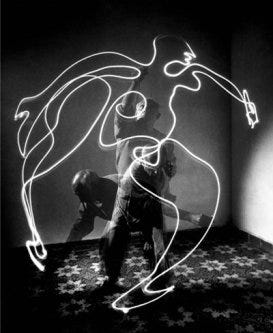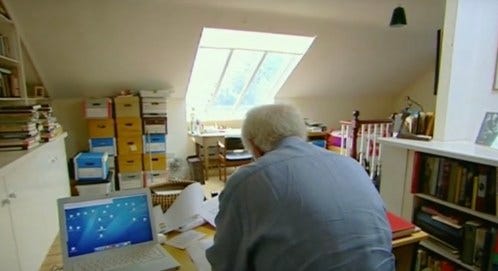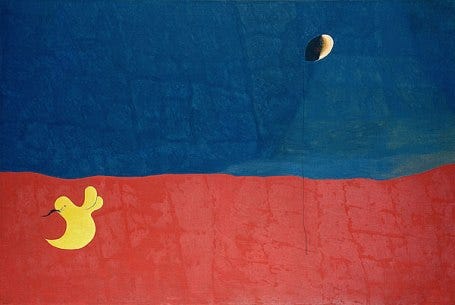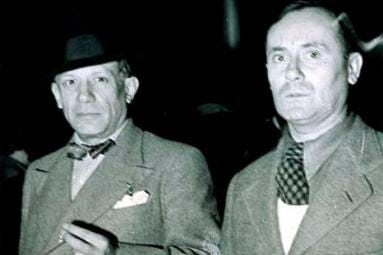Latest news about Bitcoin and all cryptocurrencies. Your daily crypto news habit.
The future of augmented reality is being built today. Computing is entering the physical world. Steve Jobs once said technology alone is not enough, “it is technology married with liberal arts, married with humanities, that yields us the result that makes our hearts sing”. What can the humanities teach us as this future develops in an enabled landscape?
200 years ago the pinnacle of large-scale map production was scale six inches to a mile (scale circa 1:10,000). Today, the use case has changed. To enhance augmented reality experiences, the ambition is to work toward a scale 1:1 3D real-time high-fidelity semantic mapping infrastructure as part of the AR Cloud. Human scale mapping, as described by Niantic CEO John Hanke. Virtual content interacting with the physical world via a mobile device. High definition mapping is also required as part of the autonomous vehicle ecosystem, however, the user experience between the two will differ. The former operates at the pedestrian scale. At the locale. It is at this scale where we can learn from the humanities. As Plato tells us at times only art can provide us with the correct insight.
Universal Locale
‘All great civilizations are based on the parochial’ writes Irish poet Patrick Kavanagh. Historically great artists have relied on the local scale. James Joyce’s literature focused on Dublin. Miro once said ‘all of my work is conceived in Montroig’. Vermeer worked exclusively in Delft. Picasso often repeated, ‘everything I know, I learned in Horta’. The locale is not just location or topographical reference. It is where something happens or is set, that has particular events associated with it. It is like a theatre stage of a minimalist Samuel Beckett play or an artist’s blank canvas. What is left in this blank and empty landscape? It becomes what Miro envisioned in his landscape paintings, animated momentarily by human action and interaction, a canvas for human creation, markings, relationship, and memory. What he would refer to as ‘the underlying magic’. Here the activity on the surface is amplified. A more emotional connection. At this scale borders are redundant.
‘Everything I know, I learned in Horta. There I realized how far I could go’
Picasso
Sense of Place
Sense of place is prioritized in line one of the Apple maps developer portal. What is sense of place? Noble Laureate Seamus Heaney defines it as the transformation that occurs when an individual connects with the locale, the combination of the ‘geographic mapped landscape’ and the ‘landscape of memory’. The latter primarily oral, mostly localized. Inaccessible to outsiders and passed down through generations. Beyond the confines of measurable reality, the physical environment, but bringing to light a stronger objectivity, inclusive of the social, personal, psychological, and historical climate. Augmented reality is blurring the distinction between the two. Wide-ranging challenges remain ranging from hardware to privacy, software to regulations, distribution and currency. In software, the AR Cloud challenges include refining, delivering at scale, and bringing to market persist geo-location (virtual content remaining in physical places between sessions accessible from different applications), content interoperability together with real-time synchronized multi-user functionality for shared experiences.
Important places need not be historical points of interest. As Patrick Kavanagh writes ‘we have all lived in important places’. Thought, memory, and identity are all shaped by landscapes, reflecting our culture, and often intensifying the relationships we have with places. Any site can hold unique significance for the individual or group. Especially if the technology exists to allow you to make and share a digital mark on the landscape.
Working at his desk in Dublin, the late Noble Laureate Poet Seamus Heaney
Rooted in Biology
The aforementioned replicates our innate human desire to not only understand place but to attach meaning to place. It is grounded in the tenets of biology. In the limbic brain, specifically the hippocampus, which developed in humans before our homo sapien brain, our neocortex, which is responsible for all our rational and analytical thought and language. The hippocampus makes every person a cartographer. Subconsciously mapping our surroundings, tracking information for spatial memory, specifically via a combination of place, grid, and boundary neurons. Discoveries worthy of the Noble prizes in 1971 and 2014. The hippocampus also acts as a scribe by recording events and memories.
Modern neuroscientific research is theorizing these dual functions of spatial and episodic memory are inextricably interconnected and may reflect common functional architecture. With the human memory system tagging all memories with information about where and when they were formed. Like a camera that records where a picture, memories are geo-tagged. Spontaneous recall of any memory (consciously or even unconsciously) activate a ‘neural geotag’. As humans, we gain comfort from knowing our place and position in the world, becoming even more important as our world moves online and further intangible.
This serves to understand why the design of Snap Map, which has over 100 million monthly active users, the extent of third-party mapping of tweets (the genesis of Twitter was a map-based idea from Jack Dorsey, an anthropomorphization of the city ) or Facebook’s (1.3 billion people are currently using Facebook on their phone) experiment into point cloud memories, replicates historical art and design such as the Belfast artist John Carson 1976 friend map series, albeit working in a contrasting mediums. Does it now make sense why people ask the question, “do you remember where you were when..?”
‘In a picture, it should be possible to discover new things every time you see it. It must give birth to a world’
Miro, Paysage (Landscape)
Design
With the progression of AR technologies, together with tools for developers such as large-scale AR platforms and an active ecosystem of startups offering AR Cloud SDKs, the ability to create digital content overlaid against the real world will continue. Industrial designer Dieter Rams once stated ‘we need new lands, we need new landscapes, together with new cities, we need new structure’. An enabled landscape can deliver this. To paraphrase Kavanagh, as opposed to great civilizations, perhaps the next great technology companies will be based on the locale.
Picasso & Miro
see more at www.chrismcalorum.com
ii. universal augmented reality was originally published in Hacker Noon on Medium, where people are continuing the conversation by highlighting and responding to this story.
Disclaimer
The views and opinions expressed in this article are solely those of the authors and do not reflect the views of Bitcoin Insider. Every investment and trading move involves risk - this is especially true for cryptocurrencies given their volatility. We strongly advise our readers to conduct their own research when making a decision.



